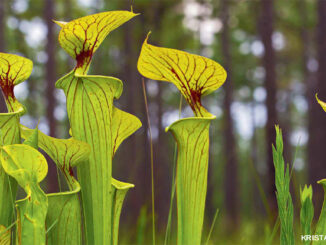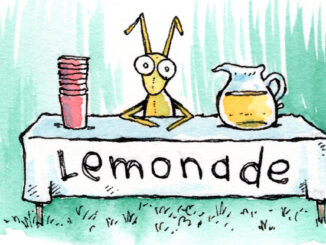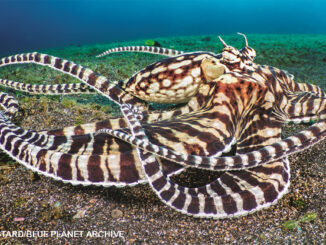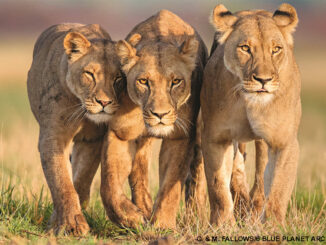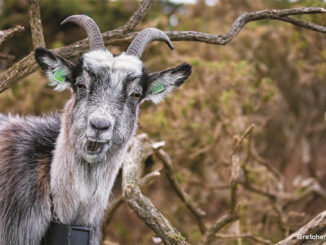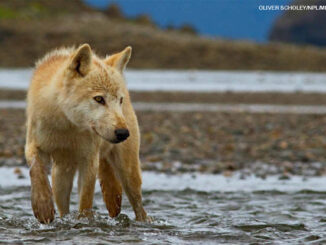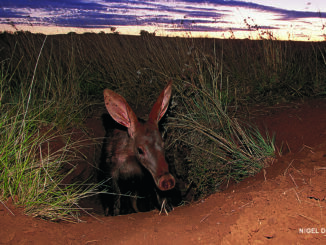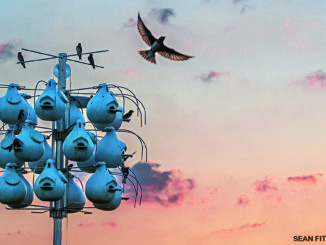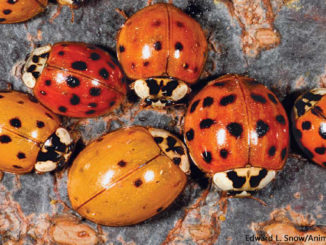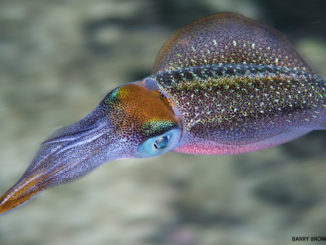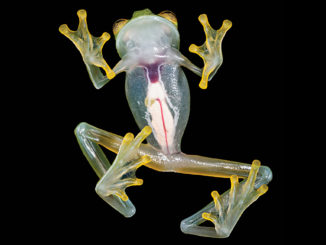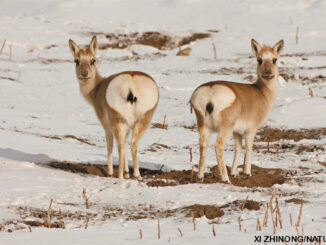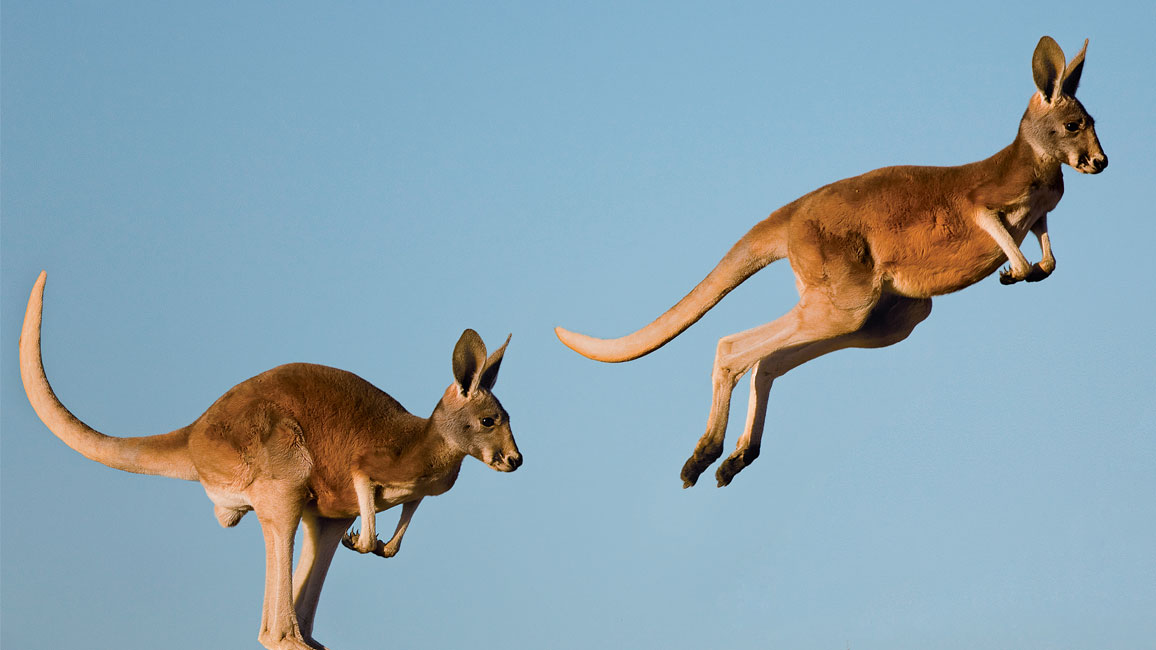
Big Red Roo
By Kathy KrankingIt leaps like a rabbit. It kicks like a horse. It has the head of a deer. And its babies look like gummy bears. Yep—with a red kangaroo, you get a whole zoo!
A red kangaroo may look like a blend of different animals, but it’s a kangaroo, through and through. This hopper is the largest of all roos, standing about as tall as a human grownup. Its hops are big, too. With long, strong legs like pogo sticks, a red roo can travel 25 feet in a single leap. That’s about as far as six 10-year-old kids lying head to toe along the ground. And it travels at speeds of up to 30 miles per hour. A red roo’s thick tail is almost as long as its body. The roo uses it for balance when hopping. When not hopping, it uses the tail to support itself, kind of as a third leg. Red kangaroos live in the grasslands and deserts of Australia. The weather there is hot and dry, but these kangaroos have no problem keeping their cool. Read on to see how.
Kangaroos can’t move their legs separately. They always either hop or “crawl” by putting their weight on their front paws and tail while lifting their feet forward.
Staying Cool
Red kangaroos live in areas that get hot during the day and have little rain. But these hoppers have ways of beating the dry heat. Remember how a red roo is like a combination of a lot of animals? Add “camel” to the list. Just as camels can go for long periods without drinking, roos can, too. The roos do it by getting their water from the foods they eat—mostly grasses and other plants. Red roos also keep cool by “chilling out.” If they were active all day while the sun was out, they’d just get hotter. Instead, they dig shallow beds to lie in and wait out the heat. If they’re lucky, they can find a shady shrub and dig a bed next to it. Then, after the sun goes down and things cool off, they spend the night looking for food. You might say that red kangaroos have this next trick “up their sleeves.” They lick their arms until the fur and skin there are sopping wet. When air blows across the wet areas, the saliva evaporates. That carries away body heat and helps cool off the roos. And the last thing red roos do to stay cool? They pant. Guess we can add “dog” to the list, too!
To keep cool in their warm home, red roos do a weird thing: wet their arms with saliva (above). And check out that big clawed paw. A roo’s front paws are good for digging out a shallow resting spot in the dirt (above). They also come in handy when the roo is defending itself. As the sun begins to go down, roos get up. They search for food while the air is cool. They may even find a waterhole for a group slurp (above right).
Supporting themselves with their strong tails, two male kangaroos “duke it out” (below). Roo fights include scratching, pawing, wrestling, and kicking. Extrathick skin on the stomach and neck helps prevent serious injuries.
Put ’Em Up!
Red kangaroos may look peaceful, but they can get rough and tough. Males “box” with each other using their arms. They also lean back on their tails and kick each other with their powerful back legs. Their fights are usually to decide who will mate with a female. Like all kangaroos, red roos are marsupials (mar-SOO-peeuls), which means they raise their young in pouches. A baby roo, called a joey, is born “not quite done.” It’s pink, hairless, and blind. But it has strong legs and tiny claws. Right after a joey is born, it crawls across its mother’s belly to her pouch. Inside the pouch, the baby finds a nipple and grabs on to it with its tiny mouth. There it stays, drinking its mother’s rich milk and growing, week after week after week.
Out of the Pouch
Finally, after about four to five months, the joey pokes its head out of the pouch for the first time. After a few more weeks, it begins crawling out of the pouch to explore. But at any signs of danger—such as wild dogs called dingoes—it hops back into the pouch. The joey soon begins spending more and more time out of the pouch, still poking its head back in for drinks of milk. It also begins eating grasses and other food. And eventually it is able to take care of itself, leaping like a rabbit, kicking like a horse . . . well, you know— being a whole zoo in one kangaroo.
After spending months growing inside its mother’s pouch (circle), a joey begins peeking out at the world (above left). Even after it has moved out of the pouch, it still helps itself to a quick drink once in a while (above).





